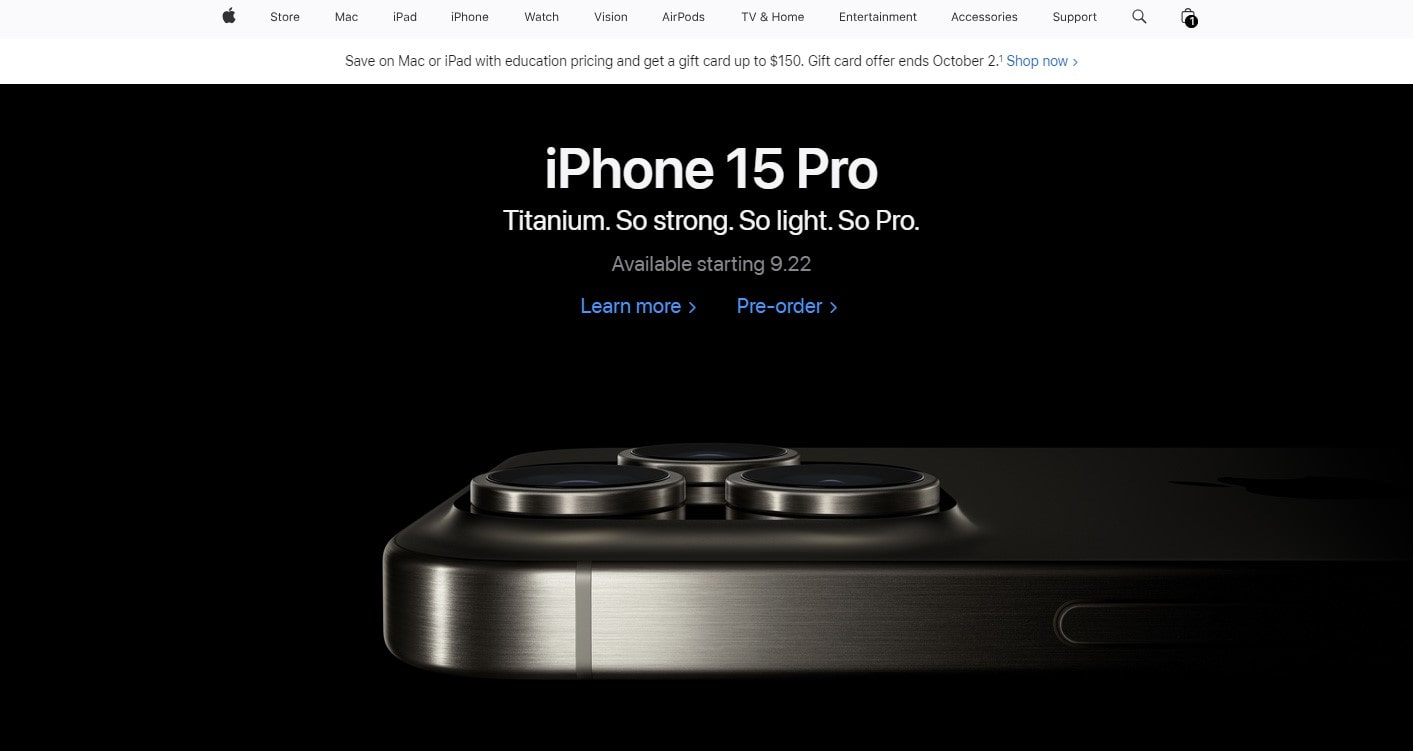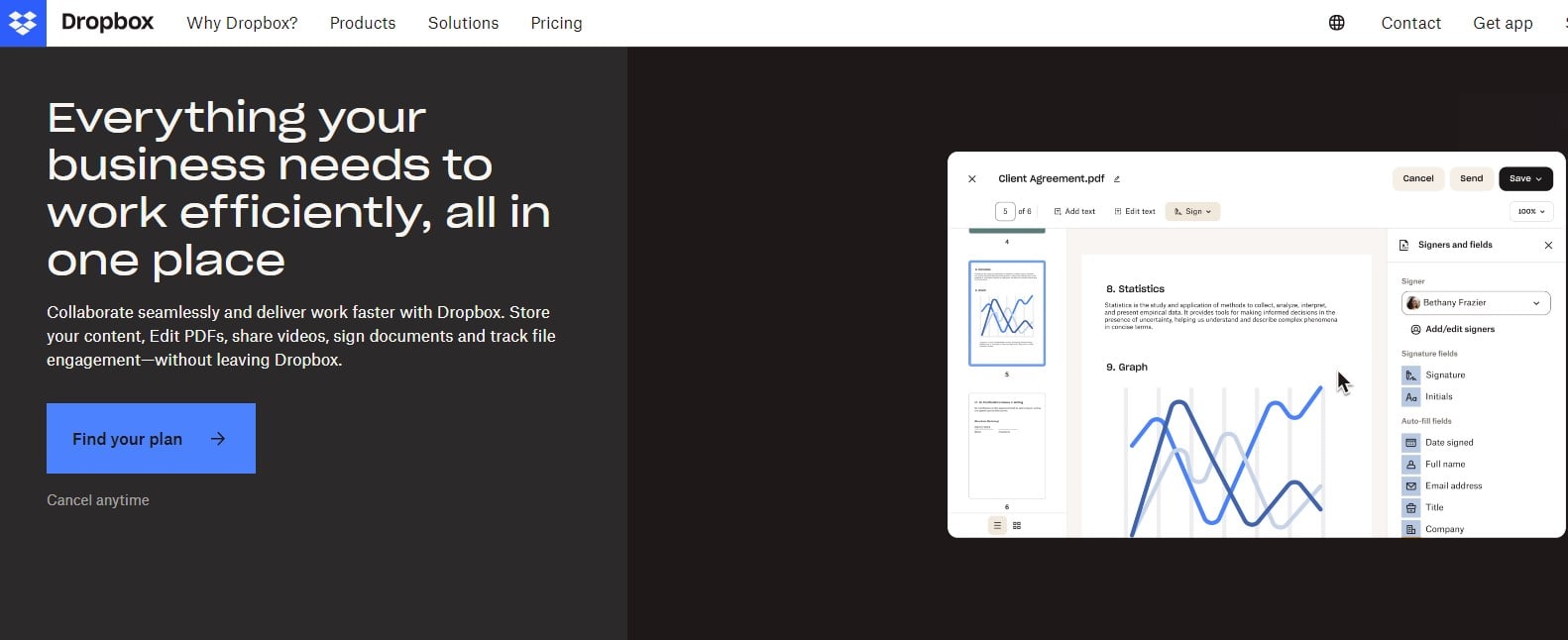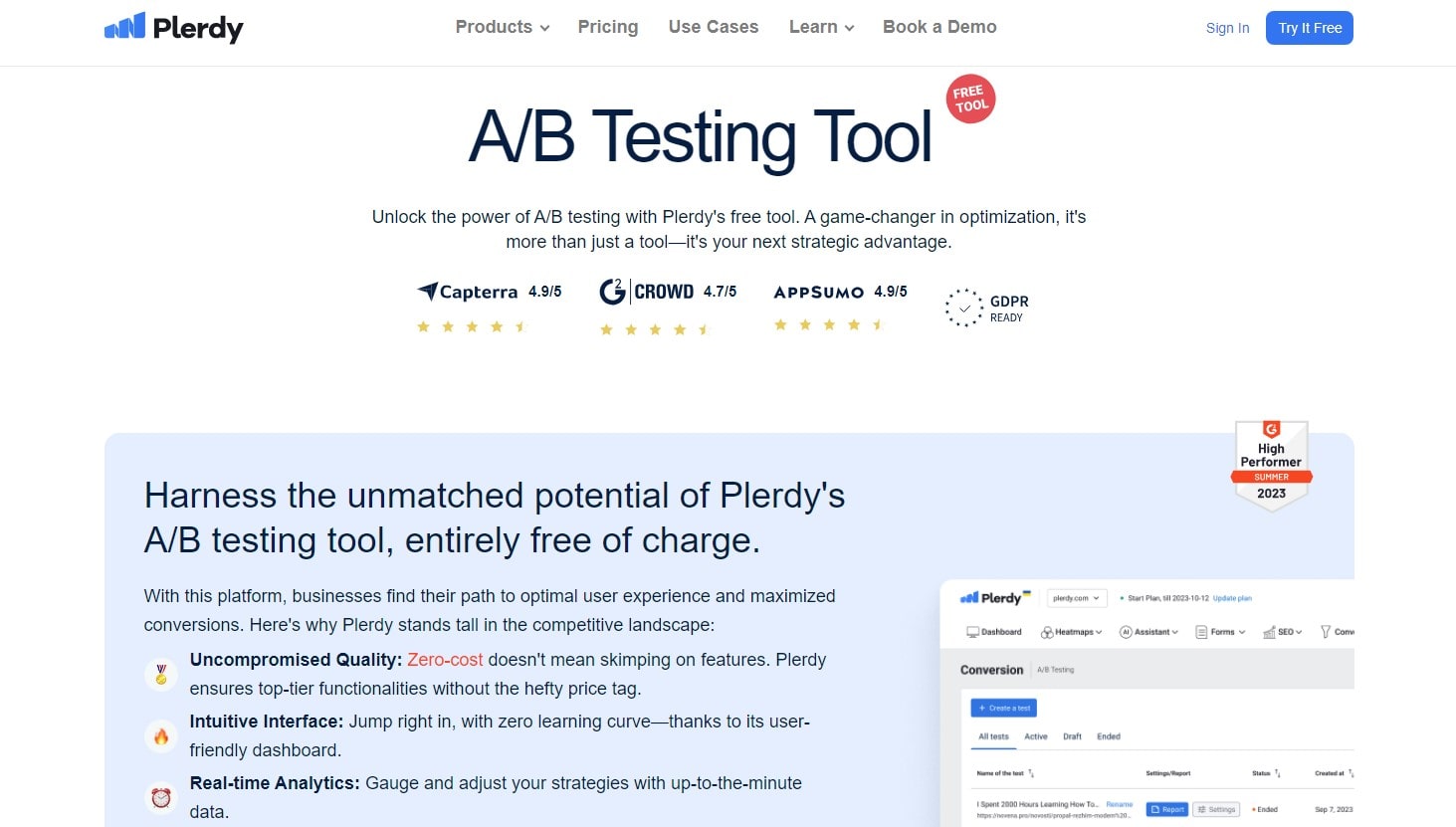Introducing the concept of value proposition—this isn’t just a buzzworthy phrase but the essence of any successful business strategy 🚀. A robust value proposition pinpoints the innate value a product or service offers to consumers. Here’s why understanding it matters:
- Defines the core value customers can expect.
- Illuminates the specific benefits of your offering.
- Distinguishes your brand from competitors.

But crafting an impeccable value proposition demands insight, clarity, and a touch of creativity✨. From startups in bustling Kyiv streets to tech giants, everyone leans on their value proposition to communicate their brand’s unique essence. Ready to unlock the power of a compelling value proposition? Dive into this comprehensive guide, and while you’re at it, explore Plerdy tool for unparalleled CRO & UX insights to boost your value proposition even further 🛠. Let’s embark on this journey to understand the crux of value proposition and harness its potential to the fullest.
Definition and Overview
Diving into the essence of a value proposition, it’s pivotal to grasp its core components. A value proposition is a clear statement that pinpoints the tangible benefits customers can expect from your product or service. It’s the primary reason a customer should opt for your offering over competitors.
Examples across various niches can elucidate this concept:
- In the realm of e-commerce, a store might highlight fast, free shipping as its value proposition.
- For a software-as-a-service company, an intuitive user interface can be the winning proposition.
Let’s break it down further:
- Value: This is the benefit the customer gains. Whether it’s cost savings, quality enhancement, or a solution to a pressing problem – it’s all about the value delivered.
- Proposition: It’s the pledge you’re making. You’re putting forth a proposal that promises certain advantages.
- Customer: Central to every value proposition, the customer’s needs, desires, and challenges drive the formulation of the proposition.
Crafting a compelling value proposition requires a deep understanding of your customer’s needs, the value you bring, and the unique way your product or service fulfills those needs. It’s a blend of art and strategy – ensuring your offering stands out in the bustling market, resonating with those who matter most: your customers.
The Role in Business Strategy

In the dynamic landscape of business, a value proposition operates as a cornerstone. Navigating market complexities requires a crystal-clear proposition, tailored to resonate with the target customer. It’s the magnetic force that pulls customers in, influencing their purchasing decisions based on the articulated value.
Consider a luxury car brand. Their value proposition might not just zero in on the car’s speed or efficiency. Instead, it could emphasize the status, elegance, and exclusivity that comes with ownership. Meanwhile, an eco-friendly detergent brand might anchor its proposition on environmental benefits, capturing customers passionate about sustainability.
The strategic interplay includes:
- Value: Elevating the customer’s experience, providing unparalleled benefits or solutions.
- Proposition: The promise put on the table, enticing customers with a unique selling point.
- Customer: Their perceptions, pain points, and aspirations shape the direction of the proposition.
Integrating these elements into business strategy allows companies to stand out, ensuring they’re not just another face in the crowd. By marrying customer insights with the core value offered, businesses can craft compelling narratives, driving engagement and loyalty. It goes beyond mere transactional interactions – it’s about fostering lasting relationships, fueled by a shared understanding of value. In essence, a finely-tuned value proposition lays down the roadmap, guiding businesses in delivering unmatched customer-centric solutions.
Core Elements of a Value Proposition
In the intricate dance of commerce, a value proposition shines as the showstopper, its core elements choreographed to perfection. Distilling the essence of a brand into a compelling narrative, a well-crafted proposition resonates deeply with the intended customer, striking a chord that harmonizes value, promise, and customer insight.
Dive into the gourmet coffee industry. Brands don’t merely highlight their beans’ origin or roast level. They weave tales of artisanal craftsmanship, echoing the value of an authentic experience. Similarly, a fitness app might leverage its proposition to spotlight tailored workouts, tapping into customers’ desires for personalized regimes.
Pivotal core elements encompass:
- Value: It’s the pulse, the heartbeat. It defines what customers stand to gain, like the allure of exclusivity or the comfort of reliability.
- Proposition: This is the commitment, the pledge. It maps out the unique terrain a brand occupies in a customer’s mind, differentiating it from the sea of alternatives.
- Customer: It’s about alignment, mirroring their aspirations and addressing their needs, weaving them into the proposition fabric.
By intertwining these components, brands carve out a distinct space in competitive markets. It’s akin to setting the stage, ensuring every spotlight is trained on the brand’s unparalleled value. This masterstroke in strategy beckons customers, guiding them to recognize and embrace the unique proposition laid before them.
Value Proposition vs. Unique Selling Proposition (USP)

Navigating the commercial landscape requires brands to articulate their value crisply. Value proposition and USP are key narrative elements. While they often cross paths in discussions, their essence diverges in critical ways, creating distinct echoes in the customer’s psyche.
A product or service’s value proposition emphasizes customer benefits. It’s a holistic view, an overarching statement that encapsulates the entire experience, offering a bird’s-eye view of the value on the table.
On the flip side, the USP hones in on a singular, standout feature – the one thing that sets a brand apart in a saturated market. Consider a skincare brand that sources a rare, exotic ingredient; that’s their USP. Yet, their value proposition might encompass the transformative skincare journey they offer, promising rejuvenation and radiance.
Key differentiators:
Value Proposition:
- Comprehensive narrative
- Highlights customer benefits
- Encapsulates overall brand experience
USP:
- Pinpoints a unique feature
- Differentiates in the market
- Serves as a brand’s signature
While both the value proposition and USP center around the customer, their scope and focus set them apart. A brand’s USP might spark initial interest, but its value proposition seals the deal, reinforcing the promise to the customer. In the grand tapestry of commerce, weaving both these narratives into the brand story ensures a vibrant, resonating presence that customers can’t resist.
The Creation Process
Crafting a top-notch value proposition necessitates an intimate dance with two pivotal partners: understanding your audience and spotlighting unique benefits. This tandem approach, when harmonized, results in a magnetic pull that draws customers in and keeps them engaged.
Take a sustainable fashion brand, for instance. Their target customer craves eco-friendly materials and ethical production. By diving into the depths of this audience’s desires, the brand can tailor its value proposition, reflecting eco-consciousness and stylish aesthetics.
Steps to ace the creation process:
Understanding Your Audience:
- Dive into demographics – age, interests, lifestyle.
- Assess pain points – What challenges do they face? What are they seeking?
- Harness feedback – direct comments, reviews, and informal chatter all offer insights.
Highlighting Unique Benefits:
- Spotlight standout features – perhaps it’s the fabric’s longevity or the innovative design.
- Convey the emotional payoff – the pride in sporting sustainable fashion or the joy of a unique style.
- Establish a clear differentiation – amidst a sea of brands, why should a customer pick yours?
The art lies in intertwining the value, proposition, and customer insights. This blend results in a narrative that doesn’t just inform but resonates, sparking a connection that runs deeper than a mere transaction. In the dynamic tapestry of commerce, brands that master this creation process not only shine but also set the stage for enduring customer loyalty.
Real-world Examples

Dive into the world of brands that have nailed their value propositions, resonating deeply with their target customers. By providing genuine value, they’ve fostered loyalty and scaled their operations. Here’s a breakdown of striking B2C and B2B examples:
Leading B2C Instances:
- Warby Parker: Pioneering the direct-to-customer eyewear market, they’ve disrupted the scene by offering high-quality glasses at a fraction of the usual cost, emphasizing value and catering to the modern, cost-conscious customer.
- Spotify: Stepping away from the traditional music purchase model, they promise an ocean of music anytime, anywhere. Their proposition hits the right chord with customers craving variety and accessibility.
Prominent B2B Cases:
- HubSpot: Positioning themselves as an all-in-one inbound marketing software, they cater to businesses seeking to boost online traffic and convert visitors. They simplify the complex, drawing in B2B customers seeking streamlined solutions.
- Dropbox Business: While the general user benefits from free storage, businesses get enhanced collaboration tools and beefed-up security features. Dropbox’s proposition seamlessly blends value with the unique requirements of a business customer.
These brands know how to create engaging, customer-focused offerings. By embedding real value into their offers and understanding the fine nuances of customer desires, they stand out, making a mark in their respective industries.
Common Pitfalls and How to Avoid Them
Crafting a compelling value proposition stands central to enticing customers. Yet, brands often trip up, falling into avoidable traps. Here’s the lowdown on two common pitfalls and how to sidestep them:
Over-Complicating the Message:
- Brands, in their zeal to convey value, sometimes pack too much into their message. Think of a premium skincare line touting every natural ingredient, only to lose the customer in the detail. The fix? Boil it down. Keep the proposition crisp, clear, and focused on the primary value. A streamlined message ensures the customer grasps the offer without feeling overwhelmed.
Failing to Differentiate:
- In a sea of competition, a me-too approach doesn’t cut it. Imagine a tech startup offering cloud solutions identical to dozens of others. Where’s the pull? Businesses must pinpoint what sets them apart and spotlight that uniqueness. A dash of innovation or a twist on service can elevate a brand’s proposition, ensuring it doesn’t fade into the background.
By sidestepping these pitfalls, brands can carve a clear path to the customer’s heart. It’s all about simplifying the message, amplifying the unique value, and resonating with the customer’s desires. When done right, the rewards in loyalty and growth can be truly transformative.
Testing and Optimizing Your Proposition

In the bustling marketplace, standing out hinges on the potency of your value proposition. Yet, resting on initial success can be perilous. Enter continuous testing — an unsung hero that ensures your proposition stays sharp, relevant, and impactful. Here’s why it’s a non-negotiable and how you can ace it:
Why Continuous Testing is Crucial:
- Markets evolve, and so do customers. A skincare brand that once thrived on the proposition of “all-natural ingredients” might find its edge dulled as rivals jump on the bandwagon. Testing keeps you agile, letting you pivot and adapt to shifts.
- Feedback loops save brands from complacency. By gauging customer responses, you can hone in on what resonates and what falls flat, refining your value proposition accordingly.
Techniques for Refinement:
- A/B Testing: Take two versions of a proposition and see which performs better. For instance, a tech startup might test different value angles — “user-friendly interface” vs. “cutting-edge features” — to see which draws more traction.
- Deep Dive Surveys: Go beyond surface metrics. Dig into customer preferences, pain points, and desires. A travel agency might delve into why customers value “off-the-beaten-path experiences” over mainstream tours, refining their proposition to align with these insights.
In essence, crafting a compelling proposition isn’t a one-and-done task. It demands constant tuning, a finger on the pulse of the customer, and an unyielding commitment to delivering unparalleled value.
Leveraging Value Proposition in Marketing
Leveraging a robust value proposition goes beyond mere words on a webpage — it should permeate every facet of your marketing. When adeptly integrated into campaigns and measured for impact, it can substantially boost ROI and foster a deeper connection with your customers.
Integrating into Campaigns:
- Storytelling: Harness the power of narrative. If a footwear brand’s proposition centers on durability, weave tales of adventures enabled by these long-lasting shoes, resonating with customers’ aspirations.
- Visual Representation: Graphics and media can amplify your proposition. An eco-friendly brand can use visuals that spotlight the earth, driving home their value of sustainability.
- Social Proof: Testimonials, reviews, and endorsements offer tangible proof of your proposition. A software company emphasizing customer support can spotlight rave reviews about its stellar service.
Measuring Impact on ROI:
- Track Engagement Metrics: Monitor how customers interact with content shaped by your proposition. For instance, if a bakery’s value proposition revolves around “artisanal recipes,” measure the engagement on posts that emphasize this trait.
- Sales Performance: Gauge sales before and after intensifying the emphasis on your proposition. If a fitness brand underscores “personalized regimes,” assess if tailored product bundles see a sales uptick.
- Customer Retention Rate: Long-term loyalty often springs from a resonating proposition. A subscription service, focusing on “seamless experiences,” should monitor if their retention rates climb post-integration.
In essence, value isn’t just about a singular promise. It’s an evolving dance between proposition, customer desires, and market dynamics. Harness it right, and you’ll not only stand out but also see tangible results in your bottom line.
Adapting Value Proposition Over Time
A dynamic market demands adaptability — a principle evident in the evolution of value propositions. Being aware of market changes and ready to adapt is essential to connecting a brand’s core to its proposal.
The Role of Market Shifts:
- Digital Transformation: As businesses migrate online, the value they offer often revolves around convenience. Traditional retailers, for instance, transformed their proposition from in-store experiences to rapid delivery or exclusive online collections.
- Sustainability Trends: With an increasing emphasis on eco-consciousness, companies that once thrived on mass production now highlight sustainable practices, aligning their value more with customer expectations.
Evolution Examples:
- Coffee Shops: From mere caffeine hubs, they’ve branched out, emphasizing community spaces, artisanal brews, or ethically sourced beans, responding to evolving customer desires.
- Tech Platforms: Initially offering connectivity or entertainment, many have pivoted, emphasizing data protection and user privacy, mirroring today’s customer concerns.
Market shifts push brands to reassess and recalibrate their value proposition to stay relevant and appealing. It’s a dance of staying true to the brand’s core while being agile enough to move with customer expectations and market demands. Explore the relationship between value, proposition, and customer to uncover a sweet spot where businesses connect even as times change.
Value Proposition in Digital Products

In the bustling digital landscape, where competition is fierce, a compelling value proposition acts as a beacon for businesses aiming to stand out. Tailoring digital products with an acute sense of customer needs and preferences plays a pivotal role in building traction and loyalty.
Spotlight on Digital Niches:
- E-learning Platforms: Beyond just offering courses, they’ve stepped up by integrating community interactions, hands-on projects, and mentorship, amplifying the value they deliver to keen learners.
- Fitness Apps: It’s no longer about mere tracking. By diving into personalized routines, real-time feedback, and diet plans, these apps cement their proposition, aligning closely with individual customer health aspirations.
- Financial Tools: Budgeting apps, for instance, not only provide transaction records but also deliver insights, suggestions, and future financial forecasts – truly embracing the trifecta of value, proposition, and customer.
Crafting a persuasive proposition in the digital realm boils down to merging innovation with intuition. As the landscape shifts, products must evolve, ensuring the value they provide remains attuned to customer desires. It’s about making the digital experience seamless, meaningful, and resonating. When businesses hone in on their core proposition, keeping the customer at the center, they not only create lasting impressions but also foster deep-rooted brand allegiance. Dive into the symbiotic relationship between proposition, value, and customer, and digital products can rise, making an indelible mark in the ever-evolving digital space.
Conclusion
Wrapping up our deep dive into value proposition, it’s evident how central this concept remains in carving a distinct position in the market 🚀. Every innovative startup, from bustling Kyiv hubs to global leadership forums, harnesses the power of a well-crafted value proposition. Through it, brands illuminate the genuine value they bring to the table and customize their offerings to resonate with customer’s desires.
Remember:
- Every informative canvas starts with a thought-out value proposition template.
- Years ago, many overlooked this element; today, it’s a cornerstone for growth.
- Effective value propositions make use of powerful imagery, crystal-clear messaging, and well-researched information.
In our digital age, where every pixel on a website’s page can either draw in or drive away potential customers, the essence of a brilliant value proposition remains unchanged. And if you’re keen to further analyze and optimize your online presence, Plerdy’s SEO & UX tool is your go-to solution 🛠. With it, you’ll not only understand but excel in delivering the optimal value to your audience. Embrace the power of value proposition and set the stage for lasting success 🌟.
